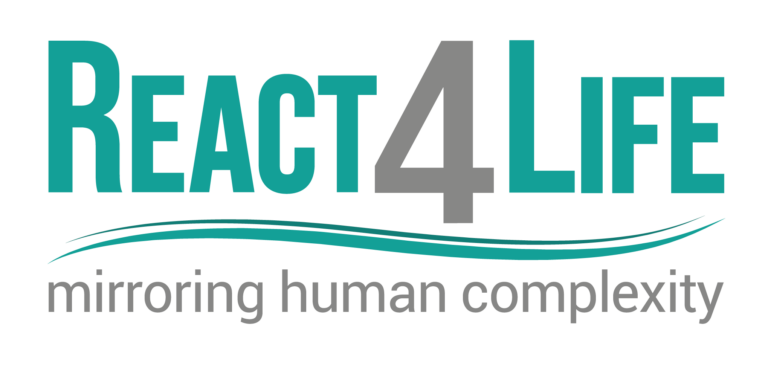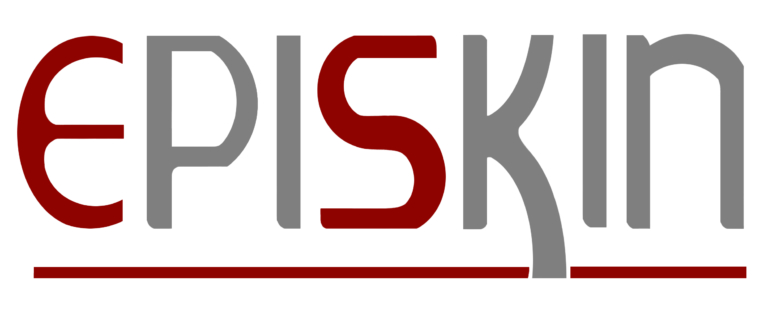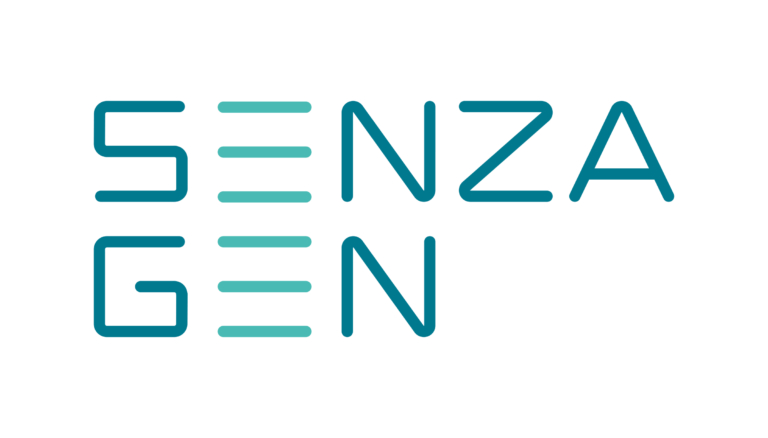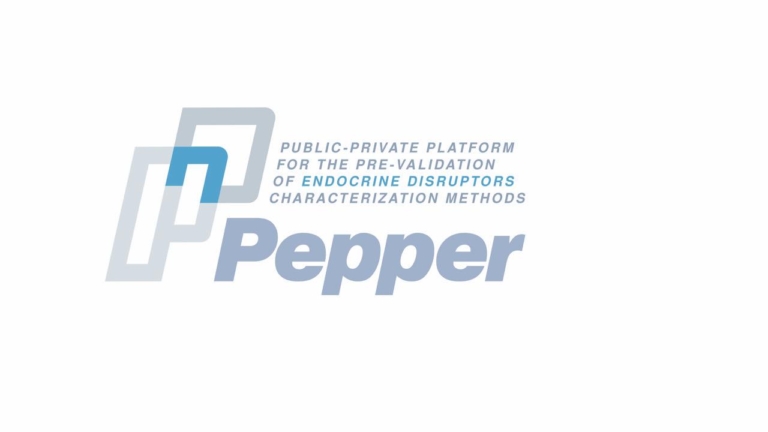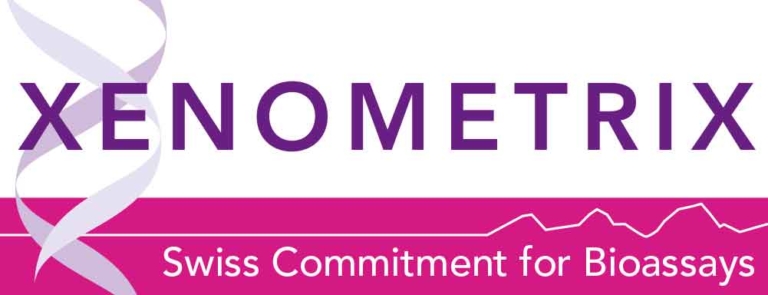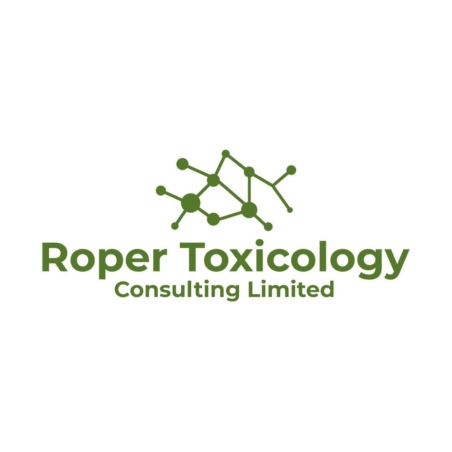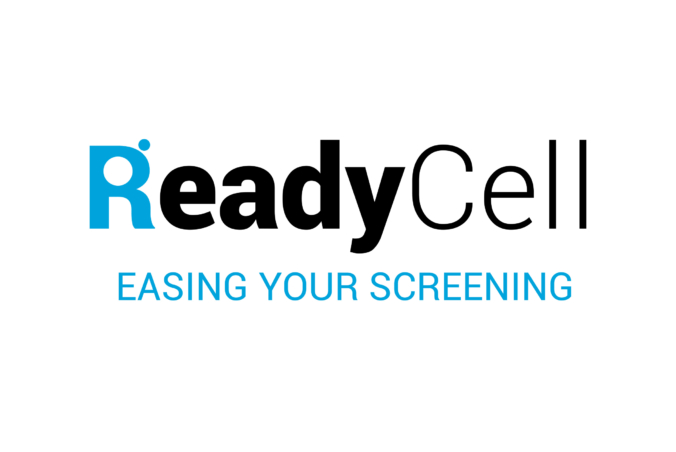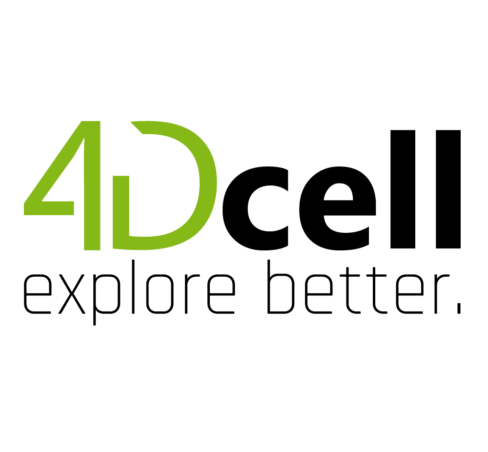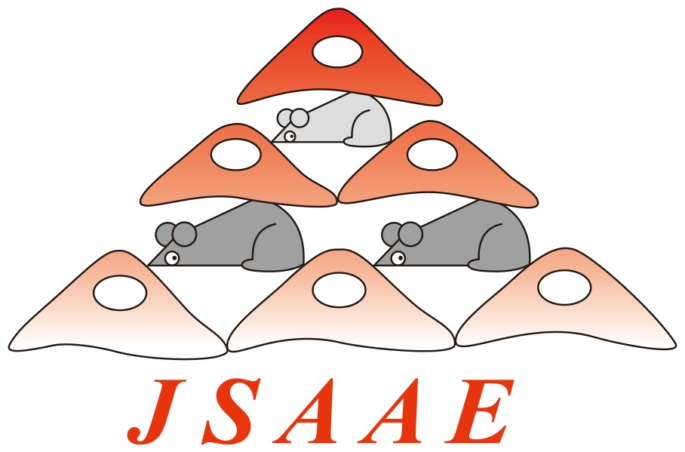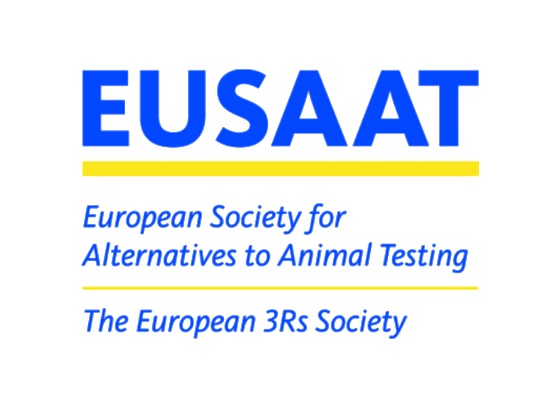| On 30 June 2022, the OECD published new and updated test guidelines New: Test Guideline 124 on Volume Specific Surface Area of Manufactured Nanomaterials and Test Guideline 125 on Particle Size and Particle Size Distribution of Nanomaterials. These are the first two harmonised methods for measuring certain nanomaterials-specific physical-chemical properties. These harmonised methods were developed to respond to regulatory needs in member and adhering countries, specifically for manufactured nanomaterials. The development of these Test Guidelines was supported financially by the European Commission. Test Guideline 467 was published on 30 June 2022 as the second Guideline comprising Defined Approaches, here on eye irritation, after Guideline No. 497 in 2021 on skin sensitisation. The two approved Defined Approaches on eye irritation are for liquid test chemicals and cover combinations of existing validated test methods and a set of physical-chemical properties (measured or predicted). Test Guideline 492B, also published on 30 June 2022, proposes a new stand-alone method for eye hazard potential using a reconstructed human corneal epithelium. Each of the method/defined approaches in TG 467 and Test Guideline 492B is considered each a full replacement of the animal study, under a defined applicability domain, and enables to generate data to enable classification (Category 1, 2 or No Classification) according to the UN GHS. Test Guideline 470 on the Mammalian Erythrocyte Pig-a Gene Mutation Assay, describing an in vivo procedure that can be combined with existing TGs to generate mutagenicity data; Test Guideline 251 on the Rapid Androgen Disrupter Activity Reporter Assay, using transgenic fish eleutheroembryo in a 72-h assay to generate data for screening endocrine activity of test chemicals; Test Guideline 320 on Biotransformation of chemicals in liquid manure. The following Test Guidelines were updated or corrected and published on 30 June 2022. A special highlight for Test Guideline 442E that integrates the GARDSkin assay: the method covers a genomic expression of a defined set of genes predicting skin sensitisation potential of test chemicals. This is the first harmonised method that generates and interprets genomic data for a regulatory endpoint. Updated: Test No. 442C: In Chemico Skin Sensitisation Test No. 442E: In Vitro Skin Sensitisation Test No. 488 on Transgenic Rodent Somatic and Germ Cell Gene Mutation Assays Corrected: Test No. 117: Partition Coefficient (n-octanol/water), HPLC Method Test No. 123: Partition Coefficient (1-Octanol/Water): Slow-Stirring Method Test No. 406: Skin Sensitisation Test No. 425: Acute Oral Toxicity: Up-and-Down Procedure Test No. 442D: In Vitro Skin Sensitisation: ARE-Nrf2 Luciferase Test Method Test No. 456: H295R Steroidogenesis Assay |
Related content
ESTIV 2024 AWARDS AND BURSARIES
Let’s celebrate the success and great moments of the ESTIV 2024 Congress! Congratulations to all awarded scientists, and we hope to see many more applications for the ESTIV 2026 in Maastricht.
The ESTIV 2024 Congress participants supported the “Island of Hope” project, managed by Centrum Narovinu, a Czech charitable organization dedicated to supporting the education of children in Kenya
ESTIV2024 Congress supported the project “Island of Hope” managed by Centrum Narovinu, a Czech charitable organisation that aims to support the education of children in Kenya.
EUSAAT congress 2024: Abstract deadline extended to 14th of June 2024
The abstract deadline of the EUSAAT congress 2024 is extended to the 14th of June 2024.
 The ESTIV Members Area
The ESTIV Members Area